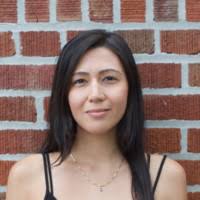
Gabriella Angeleti is an arts and culture writer born in Rio de Janeiro and based in Brooklyn. She is an assistant editor at The Art Newspaper in New York, primarily focused on stories related to museums and heritage sites in the Americas, as well as stories dealing with Indigeneity. She earned her MA from City University of London and grew up mostly in the Southwest US.